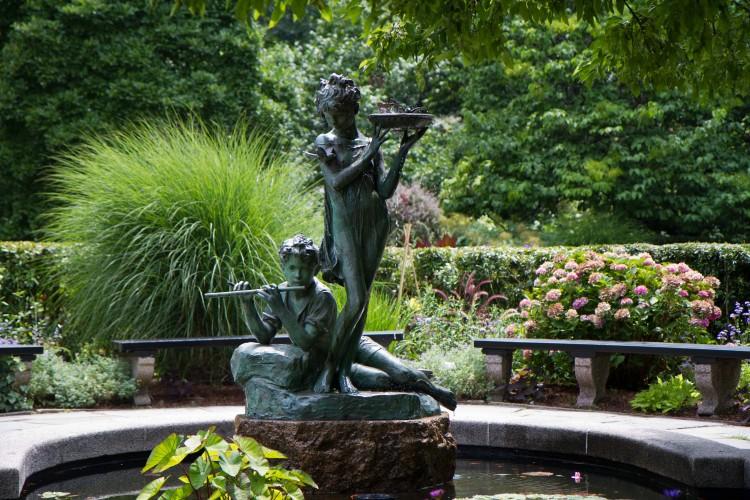The Secrets of Central Park’s North End
Many things have happened at the park over the years, particularly in a section where visitors less often venture—the North End.

A couple enjoys one of several waterfalls in Central Park on Sunday. The main rocks have each been chiseled differently for unique water spray action, while the surrounding rocks have the appearance of naturally falling into place. Zachary Stieber/The Epoch Times

Zachary Stieber
Senior Reporter
|Updated:
Zachary Stieber is a senior reporter for The Epoch Times based in Maryland. He covers U.S. and world news. Contact Zachary at [email protected]
Author’s Selected Articles





